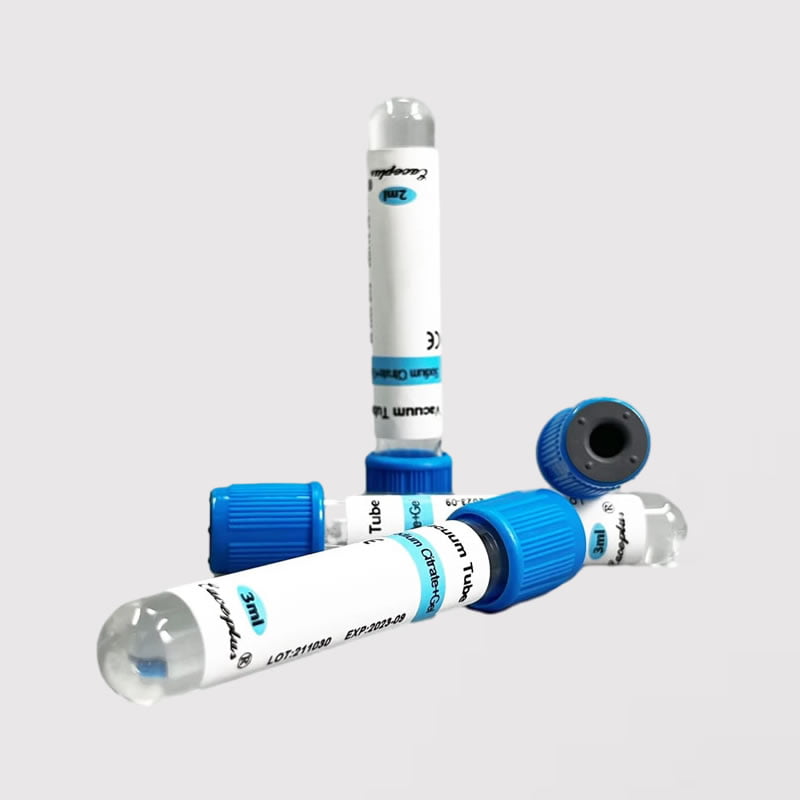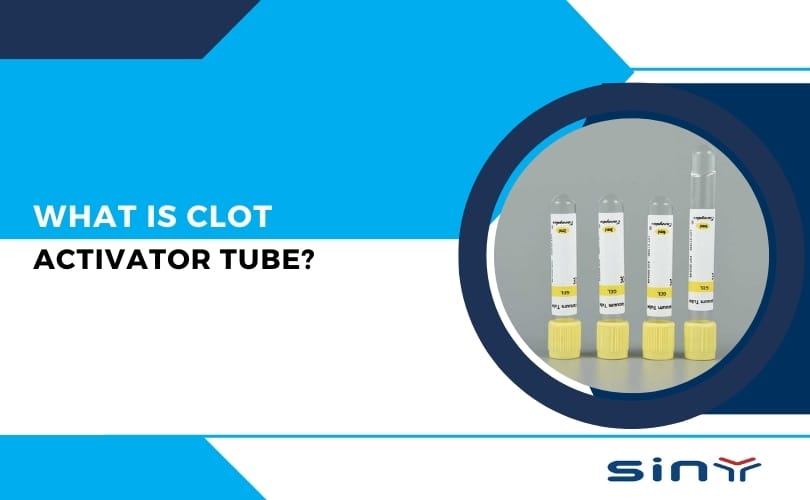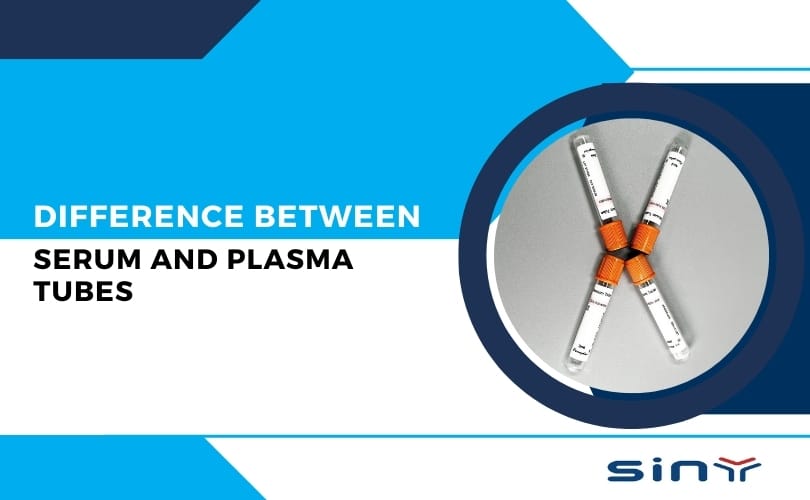In clinical medicine and laboratory diagnosis, using sodium citrate tubes with different concentrations is of great significance for the processing and analysis of blood samples. The two standard sodium citrate tubes have blue caps at 3.2% and black cap 3.8% concentrations. They have apparent differences and essential impacts in the application of coagulation tests.
Table of Contents
Blue Cap 3.2% Sodium Citrate Tube (PT Tube)
The 3.2% Sodium Citrate Tube is the most common and widely used. It has a sodium citrate concentration of 3.2%, which is considered to have good performance in most standard coagulation tests. This tube is often used for routine coagulation function tests. It can effectively inhibit the coagulation process in the blood and provide stable and reliable test results.

This tube is generally used for coagulation tests, especially for plasma preparation and platelet function tests.
Main Applications and Tests
Plasma Preparation: Blue sodium citrate tubes are used to collect blood samples and keep the plasma in a liquid state by preventing the blood from clotting in the tube through the anticoagulant effect of sodium citrate. Plasma can be used to determine various plasma components, such as coagulation factors and other plasma proteins.
Platelet Function Test: When performing platelet function tests, the blood needs to remain in a liquid state to ensure the accuracy of the test. Blue sodium citrate tubes provide sufficient anticoagulant effect and are suitable for such tests that require liquid blood.
Sodium citrate tubes are one of the standard tubes used for blood coagulation tests. They contain sodium citrate as an anticoagulant to prevent blood clotting in the tube. Sodium citrate inhibits the coagulation process in the blood by chelating ionized calcium (Ca2+), allowing the blood to remain in a liquid state for subsequent tests such as thrombin time (PT) and activated partial thromboplastin time (APTT).
Black Cap 3.8% sodium citrate tube (ESR Tube)
The sodium citrate concentration in ESR (erythrocyte sedimentation rate) tubes is usually 3.8%. The ESR test assesses the extent of a nonspecific inflammatory response by measuring the sedimentation rate of red blood cells in the blood in an anticoagulated blood tube.

Because the ESR test takes a long time to perform, we use a higher concentration of sodium citrate (3.8%) to keep the blood liquid and ensure test accuracy and reliability. Additionally, this tube is mainly used for specific tests or clinical situations that require stronger anticoagulation
For example, some particular coagulation factor assays may require higher anticoagulation to ensure blood does not clot between sampling and analysis. In addition, for some patients, a higher concentration of sodium citrate may be necessary to provide accurate coagulation test results due to the characteristics of their blood itself or in a specific treatment state.
Main Applications and Tests
Plasma Preparation
Blue sodium citrate tubes collect blood samples and keep the plasma in a liquid state by preventing the blood from clotting in the tube through the anticoagulant effect of sodium citrate. Plasma determines various plasma components, such as coagulation factors and other plasma proteins.
Platelet Function Test
When performing platelet function tests, the blood must remain in a liquid state to ensure the accuracy of the test. Blue sodium citrate tubes provide sufficient anticoagulation and are suitable for tests that require liquid blood.
Difference and selection
Anticoagulation effect:
3.2% sodium citrate tubes provide sufficient anticoagulation effects for routine coagulation tests. In comparison, 3.8% sodium citrate tubes give a more substantial anticoagulation effect and are suitable for special tests or specific clinical situations that require more stringent anticoagulation.
Clinical application:
Doctors and laboratory technicians choose appropriate sodium citrate tubes in clinical practice according to specific test needs. Healthcare professionals generally select 3.2% sodium citrate tubes for routine coagulation function tests, while they may choose 3.8% sodium citrate tubes for special coagulation factor tests or specific patient groups.
Patient impact: Individual differences and the treatment status of patients will also affect the selection of sodium citrate tubes. For example, some patients may require more stringent anticoagulation due to medication or disease status.
Blue sodium citrate tubes usually use a sodium citrate concentration of 3.2%. This tube is generally used for coagulation tests, especially for plasma preparation and platelet function tests.
Summary
The sodium citrate concentration in ESR (Erythrocyte Sedimentation) tubes is usually 3.8%. The ESR test evaluates the degree of nonspecific inflammatory response by measuring the sedimentation rate of red blood cells in the blood in the anticoagulated blood vessel. The ESR test takes a long time to perform, so laboratories use a higher concentration of sodium citrate (3.8%) to keep the blood in a liquid state, ensuring the test’s accuracy and reliability.
Sodium citrate tubes play an indispensable role in blood coagulation tests, and their concentration choice directly affects the accuracy and stability of the test results. Healthcare professionals should weigh and select 3.2% or 3.8% sodium citrate tubes based on specific clinical needs and test requirements. Each of these tubes has its applicable occasions, and the correct choice can ensure that clinical laboratories can achieve reliable and accurate results in coagulation function testing.
FAQs
What is the primary use of sodium citrate tubes in blood collection?
Medical professionals primarily use sodium citrate tubes in coagulation studies to prevent blood from clotting during testing.
How do sodium citrate tubes work in coagulation tests?
Sodium citrate acts as an anticoagulant by binding calcium ions, which are necessary for blood clotting, thereby preserving the blood sample in a liquid state.
Can the choice of sodium citrate concentration affect test outcomes?
Yes, the concentration of sodium citrate can significantly impact test



























































